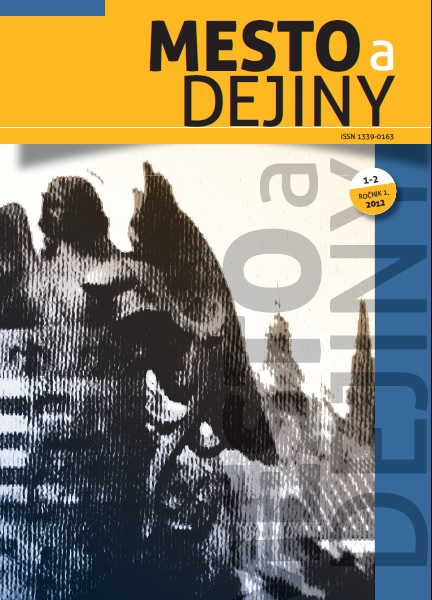Author(s): Vera Borisovna Shamina,Tatyana Gennadyevna Prokhorova / Language(s): Russian
Issue: 1/2016
The paper considers the problem of possible influence of J. Austen’s works on A.S. Puskin. Although the majority of scholars agree that A.S. Pushkin was not familiar with J. Austen’s novels, there are still many similar features in their works, especially in the novels “Pride and Prejudice” and “Eugene Onegin”. This similarity of motives, character types, modes of behavior, and certain rituals occurs very much due to the fact that both authors were, on the one hand, very much influenced by the English sentimentalism and, on the other hand, depicted not only the same historical period, but also a similar socio-cultural milieu – the life of the country gentry. Therefore, a very important role in the works under consideration is played by the nature and its interaction with the main characters and ball – an essential part of the country life, where many crucial events take place. Having analyzed the works in question, the conclusion was made that it is possible to talk about the typological affinity caused by the similarity of the socio-cultural situation, on the one hand, and A.S. Pushkin’s great interest in English literature, on the other hand. The “meeting” of the two artists occurred in the close space of the country life, which, nevertheless, allowed them to create bright, colorful pictures of this world. However, while J. Austen’s novels were completely limited to family matters, A.S. Pushkin considered them only part of a much larger conception.
More...

